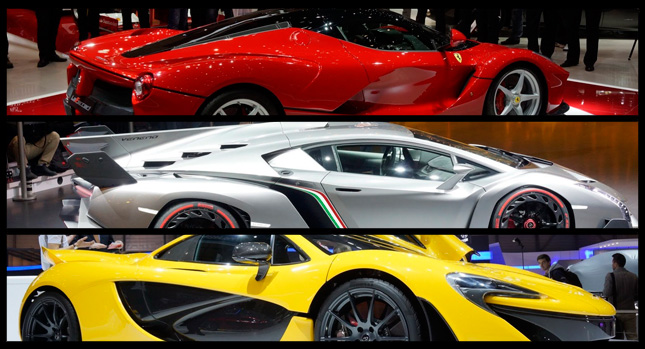Bugatti car

Bugatti Volkswagen loopele.com
Bugatti/VeyronSuperSport/Exterieur/Bugatti_Veyron_Super_Sport_018
Bugatti Veyron 16.4 Grand Sport Vitesse at the 2012 Geneva Motor Show
may be governed by copyright. – Send suggestions We Comply All TakeDown by Request.
thanks for coming



No comments:
Post a Comment